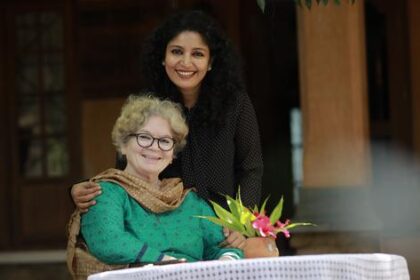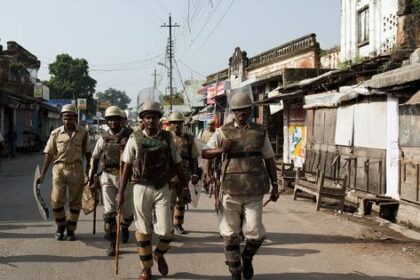Ravikant Kisana’s book reveals the complexities of caste dynamics among the privileged in India.
Ravikant Kisana’s book, Meet the Savarnas: Indian Millennials Whose Mediocrity Broke Everything, opens with a poignant dedication that acknowledges the personal sacrifices made in the journey of self-discovery. This dedication calls attention not only to the complexities of identity but also to the pervasive violence of caste that often goes unrecognized. Kisana explores the subtle, yet profound, everyday experiences that illustrate the ongoing relevance of the caste system, asserting that it is not merely a relic of history but a current framework that shapes societal dynamics.
Through a compelling narrative, Kisana positions himself within the caste structure, offering readers an unflinching look at the often overlooked cruelties that characterize caste relations. He joins a growing body of contemporary anti-caste scholars, including Akhil Kang, Ujithra Ponniah, and Sumeet Samos, who are challenging the traditional perceptions of caste oppression. These authors seek to shift the focus from merely documenting the experiences of the oppressed to confronting the realities faced by caste-oppressors, compelling readers to reflect on their own complicity.
Kisana’s writing dismantles the performative liberalism adopted by many upper-caste individuals, who may vocally oppose caste discrimination while benefiting from its privileges. He reveals that the true nature of caste extends beyond overt acts of cruelty; it encompasses a pervasive silence and an unspoken sense of belonging that many savarnas take for granted. This book is aimed at those uncomfortable with the raw realities of caste and offers no easy resolutions. Instead, it challenges readers, particularly those from upper-caste backgrounds, to confront their own positions and responsibilities within this framework.
The work is framed as an introduction, but it serves as a powerful invitation for savarnas to engage in self-reflection. It pushes them to examine their own lives, relationships, and the narratives they construct around caste. The accessible and incisive language used in Meet the Savarnas defies conventional academic norms, making it a significant contribution to the discourse on caste in India.
Critics of the book have pointed out its lack of quantitative data, suggesting that it may lack the rigor expected in scholarly works. Kisana addresses this critique by emphasizing that numbers often fail to convey the depth of human experiences. He argues that statistics can desensitize the reader, reducing suffering to mere figures, and allowing society to overlook the lived realities of oppression. Rather than relying on graphs or data, Kisana insists on immersing readers in the discomfort of understanding caste dynamics.
While the focus on the Brahmin-Baniya axis is notable in Kisana’s analysis, the absence of a discussion on the Kshatriya caste is a significant gap. Historically, Kshatriya groups have played a role in perpetuating violence, particularly gendered and sexual violence, and their contributions to caste supremacy deserve attention. Nevertheless, despite this limitation, Meet the Savarnas remains an essential text that compels savarnas to engage in critical self-examination. It is a provocative work that leaves readers feeling exposed and implicated, urging them to confront the caste realities within their own lives. In doing so, Kisana not only addresses the question of whether the subaltern can speak but also challenges those in power to truly listen.








